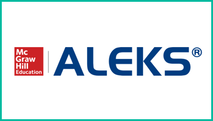
The development of ALEKS is a result of a multi-million dollar NSF grant, and a partnership between NYU and UC Irvine. ALEKS also offers most topics in Spanish as well as English for ELL students. Focused on supporting the 6-12 space, ALEKS can be used alongside any existing math curriculum to provide additional skill building and practice for students.
At its core, ALEKS is meant to offer personalized math instruction for 6-12 students, based on what it determines students already know and don’t know. This is done through artificial intelligence (AI) and machine learning, so that the program can gain a specific and detailed understanding of the skills and knowledge that each student has.
What I greatly appreciate about ALEKS is that the AI is built on information gained from free responses and not multiple choice questions, so it is able to capture more of the subtlety and specifics of exactly what students know. Typically these adaptive programs are built around a series of multiple choice questions, that determines which standards/indicators students aren’t comfortable with, which tends to not be as flexible as what ALEKS is doing.
Plus, ALEKS is built around the idea of “knowledge states” (as shown in the video above), which doesn’t box students’ knowledge in to specific standards or indicators.
When students first login to ALEKS, they’re presented with an initial assessment to determine their knowledge and skills (or their current knowledge state). Another thing I like about ALEKS is that it’s more transparent than many of these other types of programs. Students can see their own knowledge states, see what they have and haven’t mastered, and stay informed of their progress and growth.
After students complete the initial assessment, they will begin their journey through the ALEKS curriculum. Students will complete activities and assessments, and as they do, ALEKS will use that information to determine where they need extra practice, and what the new areas are that they are ready to explore.
Students also receive periodic assessments, to make sure they have retained the previous material they have already covered. If there are gaps in previously learned information, ALEKS can provide refresher activities to help reinforce that knowledge.
Additionally, teachers have complete control over which assignments get sent out, so if there is a specific topic or area you want students to focus on, you can always send that out. ALEKS assignments are easy to differentiate as well, as teachers can share assignments with individual students, groups of students, or the entire class, depending on their needs.
Teachers can see all of this student progress through their teacher dashboard, where ALEKS provides detailed reporting and analytics on growth and achievement. And the amount of different reports that ALEKS offers is impressive.
You can see how students/classes are meeting standards, check in on overall progress, look at the specific time spent per topic, see the ALEKS pie (breakdown of different topics in each course), and even generate your own custom reports.
For each of the larger “slices of pie” you can also drill down and see progress and performance across all the subcategories as well.
Overall, the reports and analytics offer an enormous amount of detail for teachers, but they do so without being overwhelming to use. Teachers can very quickly get an understanding of where their students are at, without getting bogged down in details or minutia.
In terms of use-cases in 6-12, my philosophy for technology use is that it should always be there to support teaching and learning, but never to replace it. As such, I see ALEKS as an incredibly beneficial support curriculum, that can be used to provide instruction to students when they have extra time, or as supplemental activity to what students are already doing. And the insights that teachers can gain from ALEKS are also beneficial in terms of understanding the specific areas where some (or all) students may be struggling.
However, just from my personal perspective on the benefits of technology, I would not recommend using ALEKS as a complete replacement for a teacher, just like I would not recommend any technology serving as a complete replacement. Fortunately, the ALEKS team includes an excellent selection of implementation strategies, which offer ideas for exactly this - using ALEKS to support teachers’ existing math curricula. These implementation strategies are in addition to the other teacher resources offered, which include a training center, and additional onsite and online professional development opportunities.
My one critique of ALEKS is that the assignment creation is a little antiquated, in terms of the interface, and in terms of what’s possible.
Most significantly, there is no way to preview student assignments as you are creating them. For example, if I’m setting up a new Homework assignment, I can pick the topics I want, and filter them by topic and standard, all of which is great, but I won’t be able to preview what students will be doing. Despite this, and the slightly outdated interface, you do have access to numerous beneficial options when creating assignments, so the addition of a function to preview student assignments would be a welcome update to the program’s interface.
Aside from that, overall, I really like what ALEKS is offering the 6-12 math classroom. Two of the most important things students need in math education are practice and feedback. Often, it can be incredibly difficult for a single classroom teacher to provide all the feedback each individual student needs, especially when every student has different learning needs. With support from ALEKS, students can receive additional practice and feedback, and it can be done so in a way that aligns with what the teacher is already providing.
In terms of ordering and pricing, more information is available here. And for those looking to test ALEKS in action, you can go through both the student and the teacher modules here on their site.
I was not compensated for writing this review.


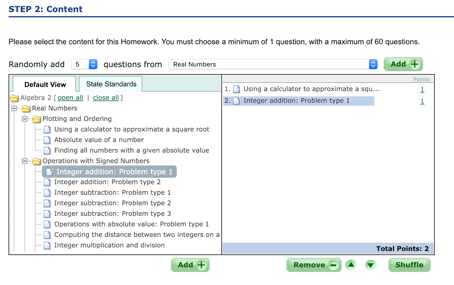
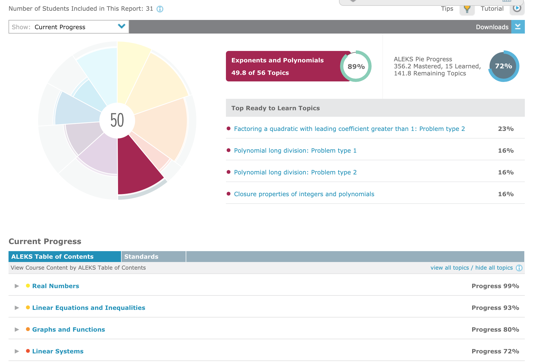
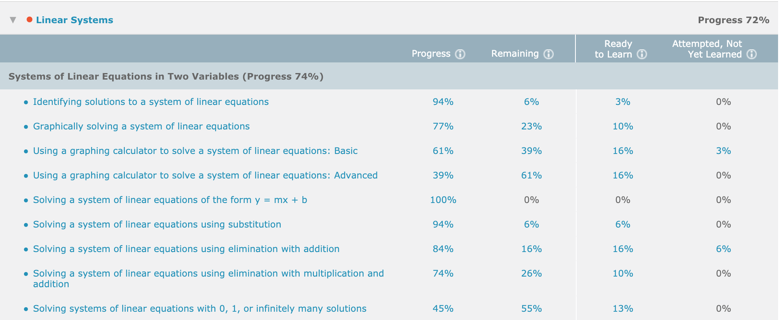
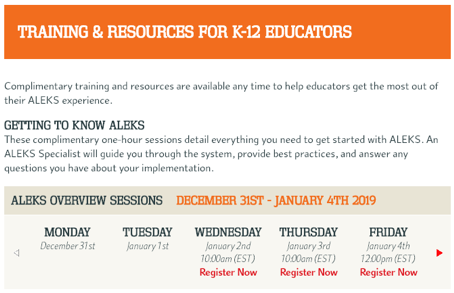


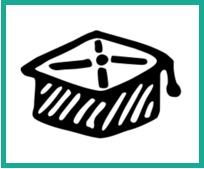
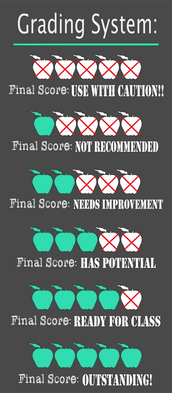



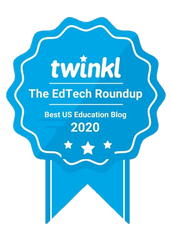
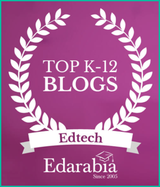
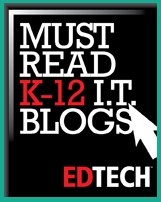
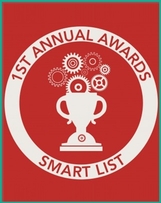
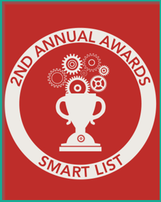

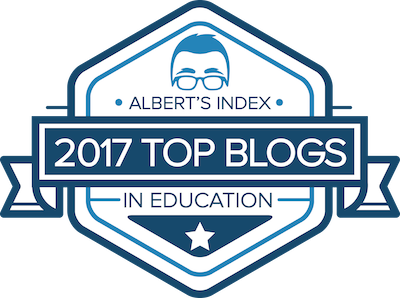
 RSS Feed
RSS Feed
